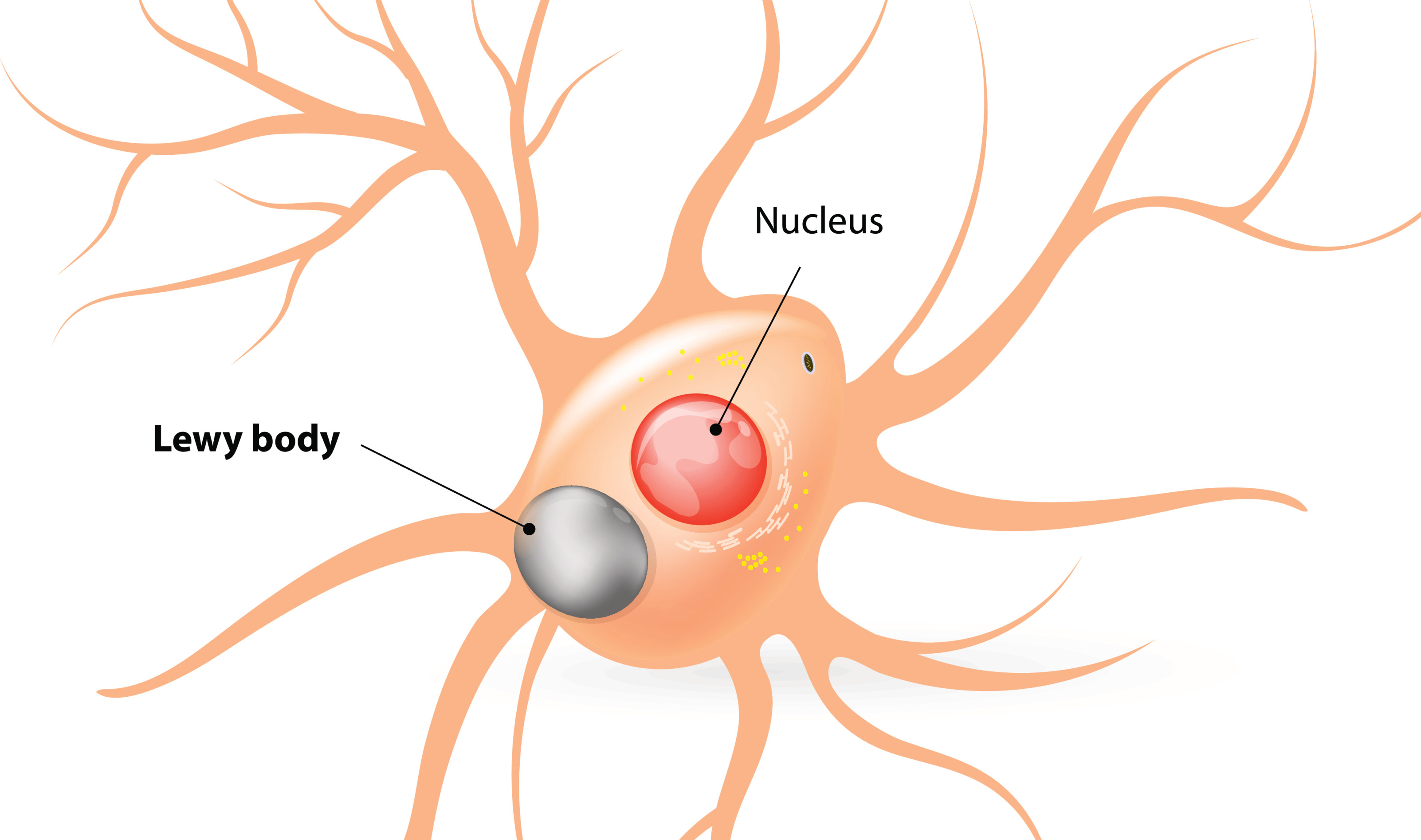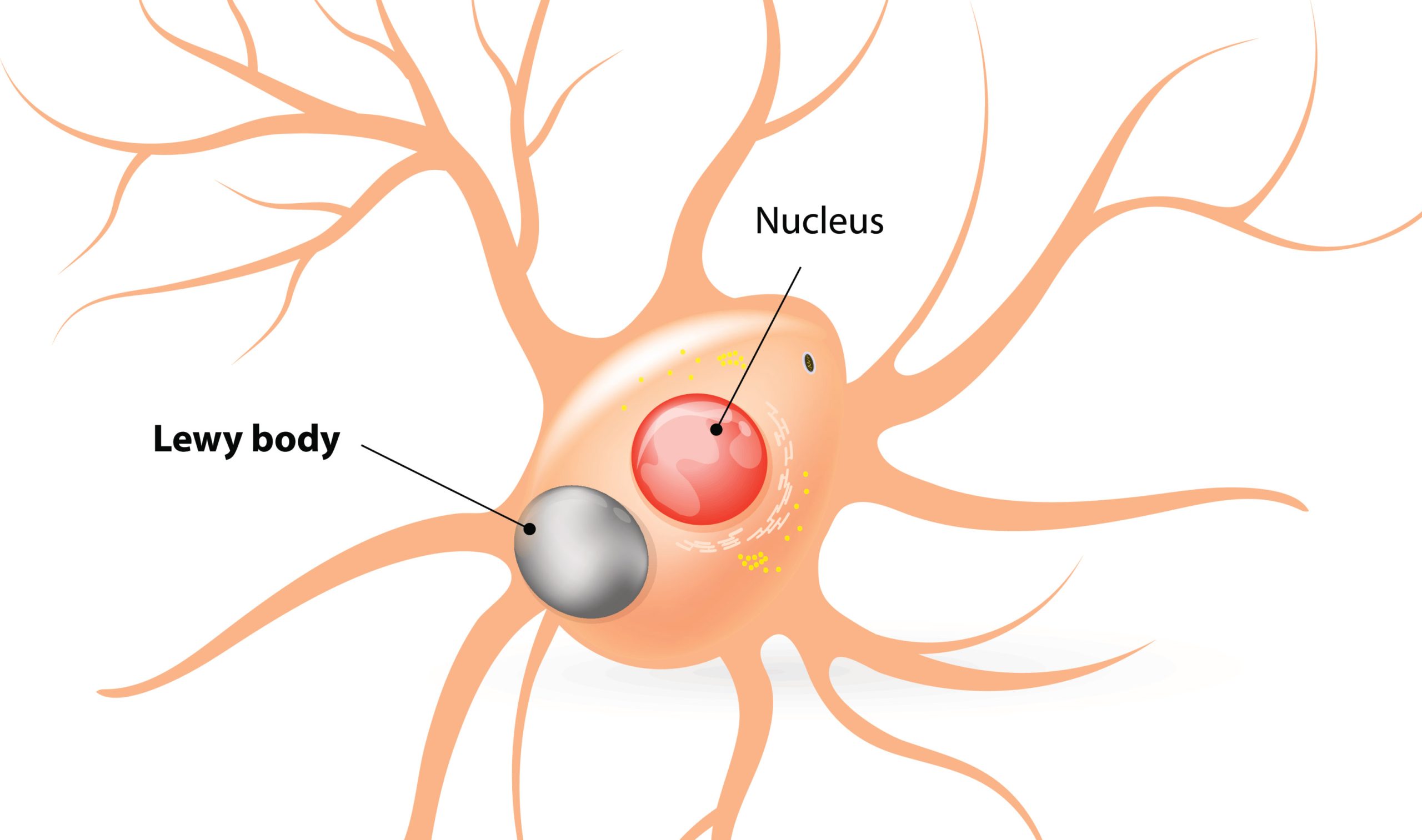
Whole-Body Mapping of Alzheimer’s Disease Reveals Astonishing New Insights
An innovative study utilizing fruit flies is challenging our conventional perception of Alzheimer’s disease as solely a brain-related issue. Recent research, published in the journal Neuron, indicates that crucial proteins associated with Alzheimer’s—Aβ42 and Tau—induce specific physiological harm throughout the entire body, rather than being limited to the brain. This research marks the development of the first all-encompassing, single-cell atlas illustrating Alzheimer’s impacts across a whole organism, suggesting a significant shift in our understanding, diagnosis, and treatment of this debilitating condition.
A New Horizon in Alzheimer’s Exploration
For many years, Alzheimer’s investigation has been centered around the accumulation of protein aggregates—amyloid plaques and neurofibrillary tangles—in the brain. However, patients frequently experience symptoms that go far beyond memory loss, including gastrointestinal problems, sleep disturbances, hormonal fluctuations, and olfactory loss. These systemic consequences have been inadequately understood.
Now, researchers at Baylor College of Medicine and the Jan and Dan Duncan Neurological Research Institute at Texas Children’s Hospital have begun to decode this enigma by utilizing fruit flies (Drosophila melanogaster) as a potent genetic model. The team employed advanced single-nucleus RNA sequencing to scrutinize over 600,000 individual cells from flies modified to express Alzheimer’s-associated proteins. The analysis encompassed 219 distinct cell types across various organ systems, providing an unparalleled insight into how the disease influences the body at a cellular scale.
Significant Variations Between Aβ42 and Tau
The two main proteins linked to Alzheimer’s—Aβ42 and Tau—were found to generate distinctly different damage patterns.
Aβ42: Focusing on the Nervous System
When Aβ42 was expressed in neurons, the resulting damage was primarily restricted to the nervous system. Remarkably, sensory neurons connected to sight, hearing, and smell were the most impacted.
“Aβ42 expression predominantly affected the nervous system. Sensory neurons related to vision, hearing, and olfaction were especially vulnerable,” stated Ye-Jin Park, a co-lead author of the study.
These observations align with early symptoms seen in human patients, including the loss of smell (anosmia). By pinpointing the specific olfactory neurons that are harmed, the study paves the way for employing smell-related biomarkers for early diagnosis.
Tau: Hastening Aging Across the Body
In stark contrast, Tau protein instigated extensive alterations that reached well beyond the brain. Tau expression in neurons caused aging-like changes in the metabolic, digestive, and reproductive systems of the flies.
“Tau expression in neurons resulted in significant alterations, primarily in peripheral tissues—for example, changes in fat metabolism, digestive processes, and reduced reproductive capacity,” remarked Dr. Tzu-Chiao Lu, another co-first author. These systemic effects imply that Tau may accelerate aging processes throughout the body and hinder essential brain-body communication pathways.
A Shared Disease Signature Across Different Species
To confirm the relevance of their findings to humans, the researchers compared their fruit fly data with Alzheimer’s datasets from mice and humans. Astoundingly, they identified a conserved cell cluster present in all three species characterized by increased lactate dehydrogenase (LDH)—an enzyme associated with cellular stress.
This cross-species correlation enhances the likelihood that systemic disruptions induced by Alzheimer’s proteins in fruit flies mirror similar processes in human patients. Additionally, aligned patterns of fat metabolism dysfunction in both flies and mice further substantiate the translational significance of these findings.
The Alzheimer’s Disease Fly Cell Atlas: A Systems-Level Advancement
The focal point of the study is the Alzheimer’s Disease Fly Cell Atlas, a high-resolution biological resource mapping gene expression in every major tissue affected by Alzheimer’s proteins.
Key insights gained from the atlas include:
– Aβ42 specifically damages sensory neurons involved in olfaction, hearing, and vision.
– Neurons expressing Aβ42 trigger an endoplasmic reticulum stress response.
– Tau expression interrupts fat metabolism and digestive function, replicating features of premature aging.
– Brain-body communication pathways—vital for coordinating systemic functions—are compromised by Tau.
– Unlike Aβ42, Tau influences tissues far beyond the nervous system, indicating a significantly broader impact.
Consequences for Diagnosis and Treatment
This fresh perspective of Alzheimer’s as a widespread bodily condition—not merely a brain disorder—could fundamentally transform clinical practices. For example:
– Diagnosis: Early peripheral signs, such as olfactory impairment or metabolic changes, could serve as easily identifiable biomarkers.
– Treatment: Interventions focused solely on brain plaques and tangles may need to expand to incorporate systemic treatments, especially for reversing Tau-induced aging-like impacts.
– Research: The publicly accessible Fly Cell Atlas offers a resource for developing new therapies that can address both central and peripheral tissues.
“These and other insights presented in the Alzheimer’s Disease Fly Cell Atlas enhance our comprehension of how Alzheimer’s disease-associated proteins, Aβ42 and Tau, impact an organism as a whole,” noted Dr. Hugo Bellen, co-corresponding author and a prominent contributor.
